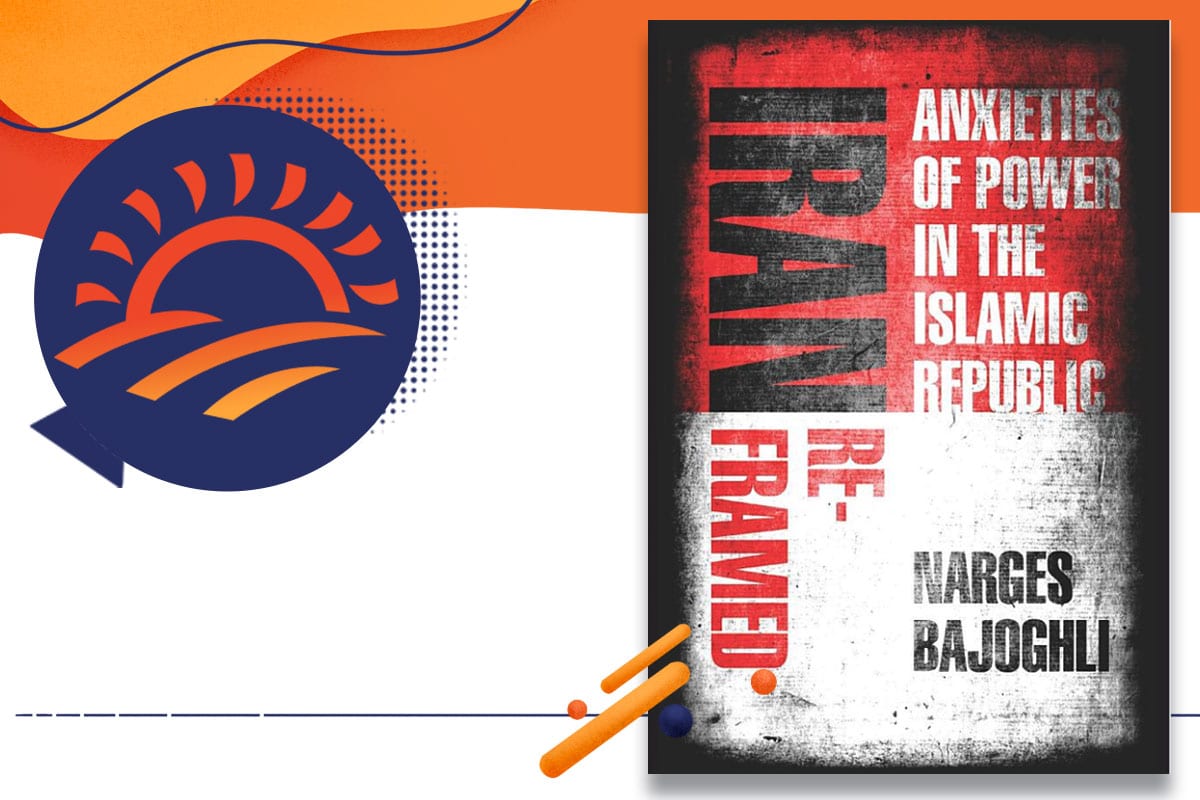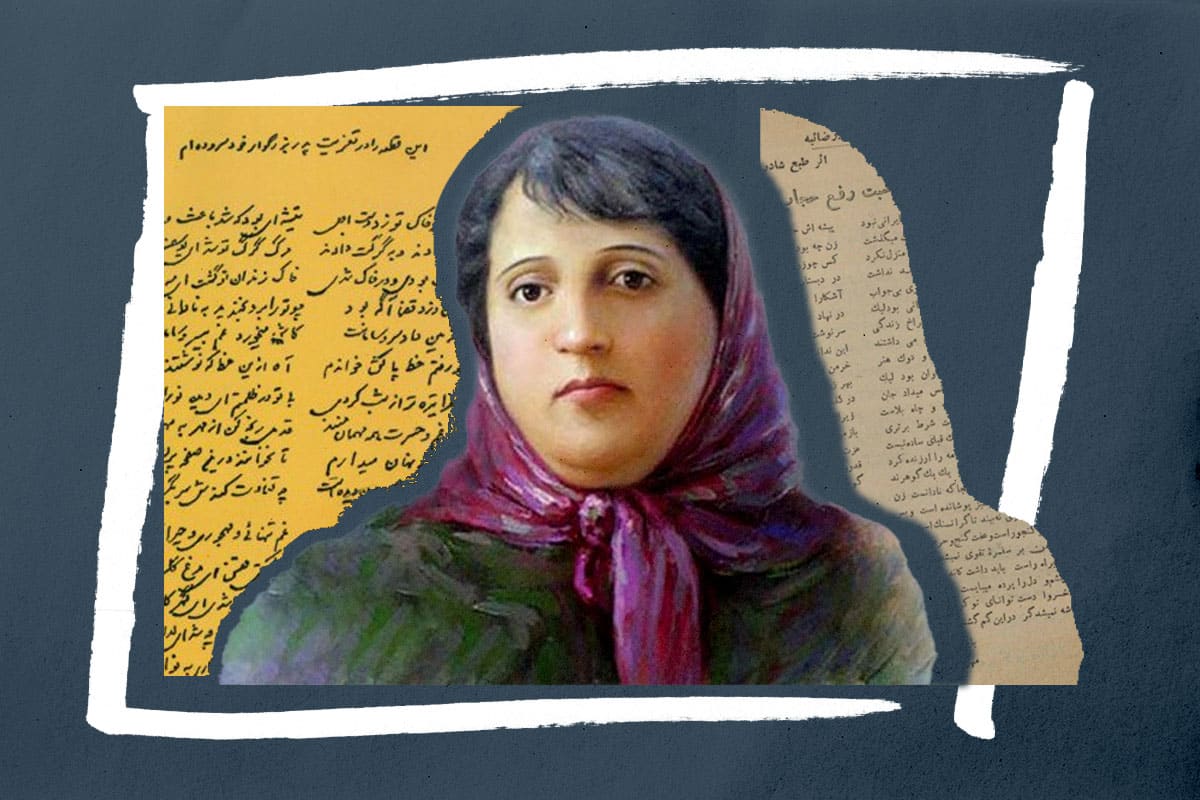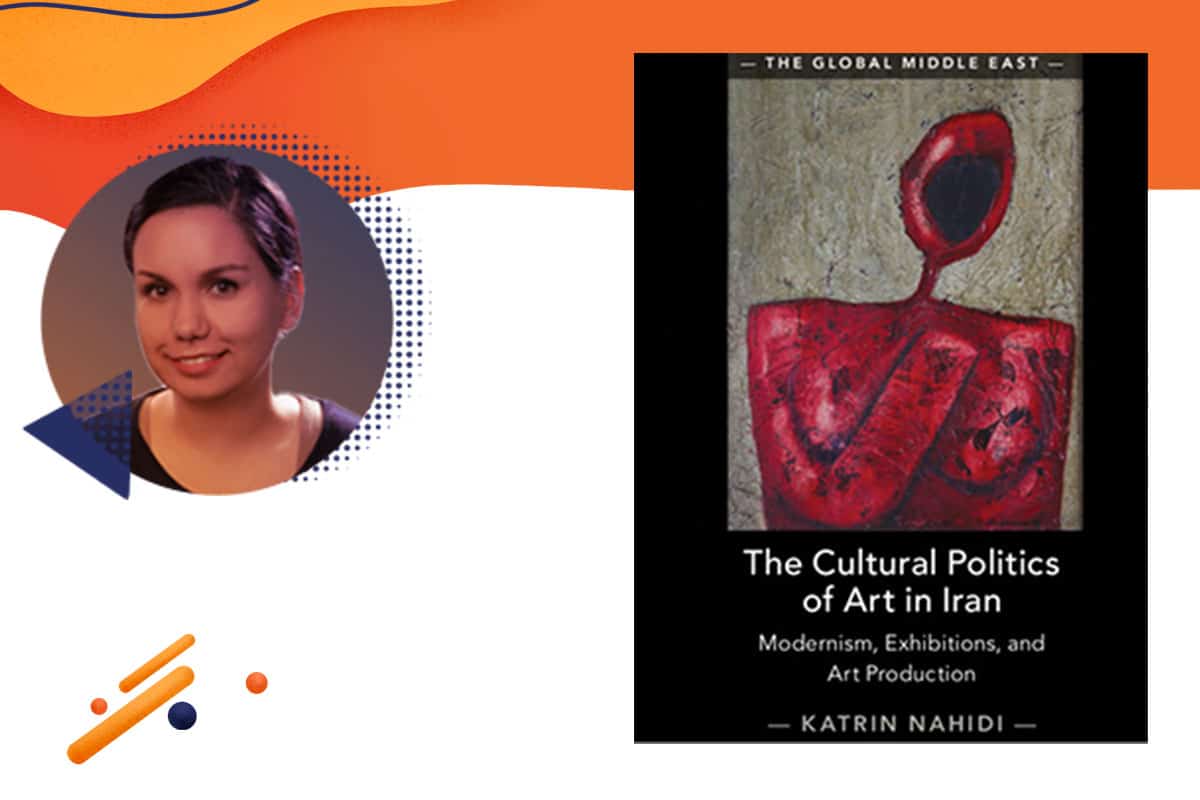Narges Bajoghli’s Iran Reframed: Anxieties of Power in the Islamic Republic gives its readers an inside look into regime-sponsored media production within the Islamic Republic. Bajoghli, who is an assistant professor of Middle East Studies at the Johns Hopkins School of Advanced International Studies, provides her personal account of three different generations of Basij and Revolutionary Guards media producers. She shows that these filmmakers, although all associated with the regime, are not a monolith, often disagreeing on not only the future of media in the Islamic Republic but also the future of the Islamic Republic itself.
Bajoghli’s book often reads more like a novel than a report on her decade of ethnographic fieldwork, yet Iran Reframed does not feel rushed or lacking details. Bajoghli identifies a variety of factors that go into media production in Iran. Her personal relationships with filmmakers, several years in the making, enable the reader to feel confident that these are the honest opinions of the filmmakers, rather than simply propaganda they had been trained to say to outsiders. An added bonus is that the reader gains valuable and enticing insights to the inner workings of the Islamic Republic as one reads about Bajoghli’s fascinating encounters in Iran.
One insight in particular challenges some of the caricatures one often encounters in Western portrayals of the Islamic Republic. Bajoghli identifies an “older generation” and a “younger generation” within the Basij and the Revolutionary Guards. Separating the two is the older generation’s participation in the Iran- Iraq War. The older generation viewed their enlistment into the Basij or Revolutionary Guards as a matter of life and death. Today, they view the younger generation as purely ideological and opportunistic. Conversely, the younger generation views its predecessors as having lost touch with their values. This generational divide was on display when many members of the older generation participated in the 2009 Green Revolution protests, while the younger generation of Basijis and Guards sought to suppress them. Bajoghli frequently returns to this topic as she describes the transformation of the older generation, many of whom now align with the reform movement. The reader learns that as the older generation’s beliefs evolve, so do their approaches to media production. With all of this background laid out, Bajoghli exposes the rift between the older and younger generations, as they differ over a range of issues, from what the Basij and Revolutionary Guards should stand for to how they should produce effective media.
Bajoghli goes into great detail on this division. She dissects the diverging opinions on how to present the Iran- Iraq War within the media, as many veterans believe that the regime inaccurately portrays their experience. She shows the differing attitudes towards the efficacy of propaganda and how regime members attempt to hide their involvement in media production. She touches on the prevalence of social media in Iran today and explains how regime media producers try to fit in with the changing times. She ends the book with a discussion of how both generations want to spark nationalism within their country, and how each plan to do so. This ties the book together, coming back to the central question posed as Bajoghli explains all of the diverging opinions within regime media production: how does the regime use the media to try keep a revolutionary system alive? Moreover, as in so many other issues facing Iranian state and society, she shows how the answer to this question remains contested and unresolved.
Editors note: We hope you found this short review interesting. If you would like to learn more about the evolution of media and media production in Iran, also check out “Television in Iran: An Oral History.”
-
Iran 1400https://iran1400.org/author/iran-1400/
-
Iran 1400https://iran1400.org/author/iran-1400/
-
Iran 1400https://iran1400.org/author/iran-1400/
-
Iran 1400https://iran1400.org/author/iran-1400/





